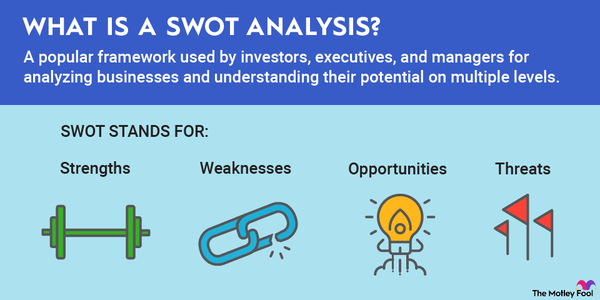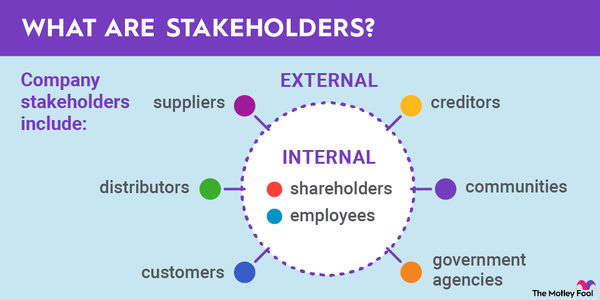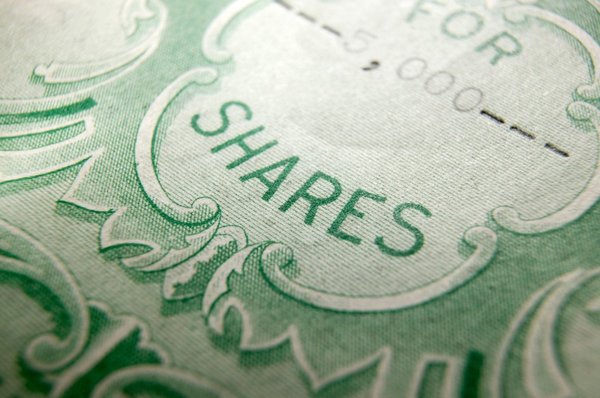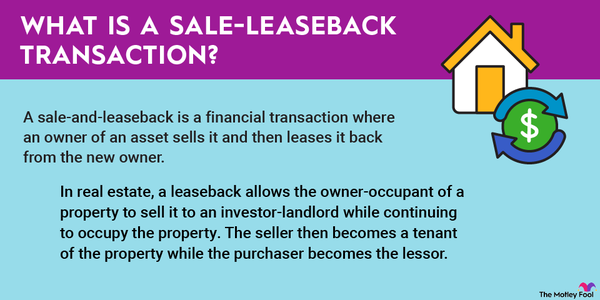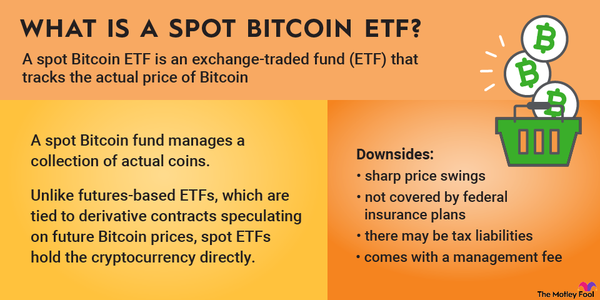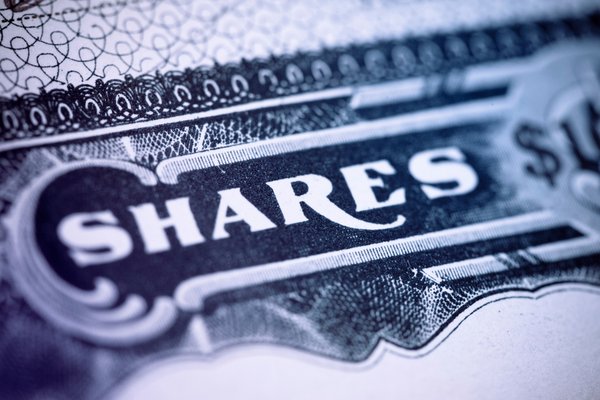Sometimes, a place is more than just a place. It's an idea or an identity that's synonymous with a place.
Silicon Valley is one such example. The term refers to a region south of San Francisco that's home to many of the world's biggest and most influential tech companies, including Apple (AAPL 0.53%), Alphabet (GOOG 0.51%) (GOOGL 0.54%), Meta Platforms (META 0.73%), and many others. When people talk about Silicon Valley, they are talking about both the region and the tech industry it represents.
Definition
What is Silicon Valley?
As a place, Silicon Valley refers to a part of the Santa Clara Valley that surrounds the South San Francisco Bay. The term is generally used to discuss the companies that occupy the valley and the tech industry as a whole, including a broad range of businesses within the tech sector. It also includes Stanford University.
In this sense, Silicon Valley resembles other places that also stand for industries, such as Hollywood in entertainment, Wall Street with the financial industry, Washington for the federal government, and Detroit for auto manufacturing.
Its name comes from silicon, which is the main component in semiconductors, and the valley the region occupies.
How it began
How did Silicon Valley begin?
Stanford University played a key role in the early development of Silicon Valley. In the early 1900s, Stanford President David Starr invested in a vacuum that could amplify an electric signal, which led to innovations in a wide range of electrical products.
Later, Frederick Terman, the head of the Stanford electrical engineering department, started investing in businesses that would base themselves in the area. Among those businesses was Hewlett-Packard (HPE 0.8%), one of the first Silicon Valley businesses. By the 1950s, Silicon Valley had gained some substantial momentum as a hub for manufacturing electrical equipment like radios, and Terman established the Stanford Industrial Park in 1951, dedicating 660 acres to labs, offices, and manufacturing facilities.
Later in the 1950s, Silicon Valley-based Fairchild Semiconductor invented the integrated circuit, beginning the digital era and further establishing Silicon Valley's prominence.
Through the 1960s, the Cold War and space race fueled demand for integrated circuits, and Stanford formed one of the four established nodes of ARPANET, an early precursor of the internet.
In the 1970s, a number of well-known companies were founded in the area, including Apple, Atari (PONG.F -9.09%), Oracle (ORCL 3.18%), Adobe (ADBE 0.31%), and Cisco (CSCO 1.69%). Also, two venture capital firms opened for business. Innovation accelerated through the dot-com era and has continued through the mobile era with companies like Uber (UBER 1.65%) and Airbnb (ABNB 0.83%).
Silicon Valley advantages
Do Silicon Valley companies have an advantage?
While there were some rumblings about a tech exodus from Silicon Valley during the pandemic, it remains the center of the tech industry, for the most part.
Industries tend to cluster in a certain area because it makes hiring easier and finding a job easier for companies and employees. It facilitates the exchange of ideas.
Many tech companies believe that Silicon Valley has the top tech talent pool in the world. Similarly, the venture capital ecosystem has built up in Silicon Valley to invest in start-ups, making it a natural place for tech entrepreneurs.
Silicon Valley isn't the only tech hub in the country. The Seattle area, for example, is home to both Microsoft (MSFT 1.58%), Amazon (AMZN 1.62%), and other tech companies, but Silicon Valley is by far the biggest tech hub.
It's difficult to say whether companies in the Valley have an advantage, but it's clear why a tech company would want to be based in the area. Once that kind of industrial ecosystem is established, it tends to perpetuate itself since it's difficult for a whole industry to move.
Related investing topics
Reasons for success
Why Silicon Valley is such a success
With a long-established history as a hub in technology, Silicon Valley has a number of assets that make it hard to match.
The Valley continues to benefit from Stanford's top engineering school, and it also draws talent from the University of California, Berkeley. The location itself is also a valuable resource because of its proximity to tech infrastructure, sources of funding in venture capital, and a sizable talent pool.
The nature of the region also helps entrepreneurs and companies through networking and the ability to draw on expertise from a wide range of tech professionals. Its reputation helps it draw people from all over the world, helping to ensure that the next great tech companies will be based in Silicon Valley.









